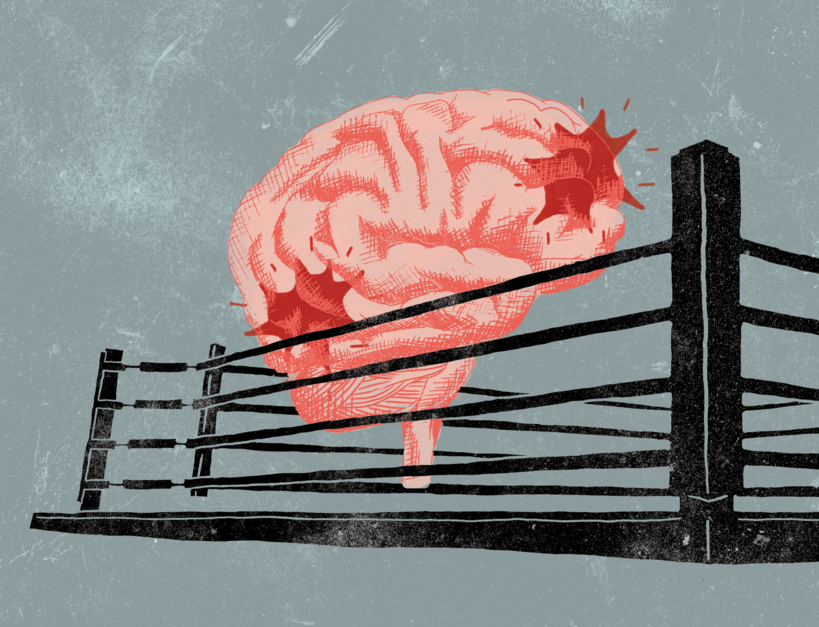Modern athletes do everything in their power to improve their performance. They follow intense training regimens, adhere to strict diets, and always look for an additional edge over their competition, even at the cost of personal safety. In combat sports such as wrestling, boxing, and mixed martial arts, competitors are organized into weight classes. The day before their bouts, they must weigh
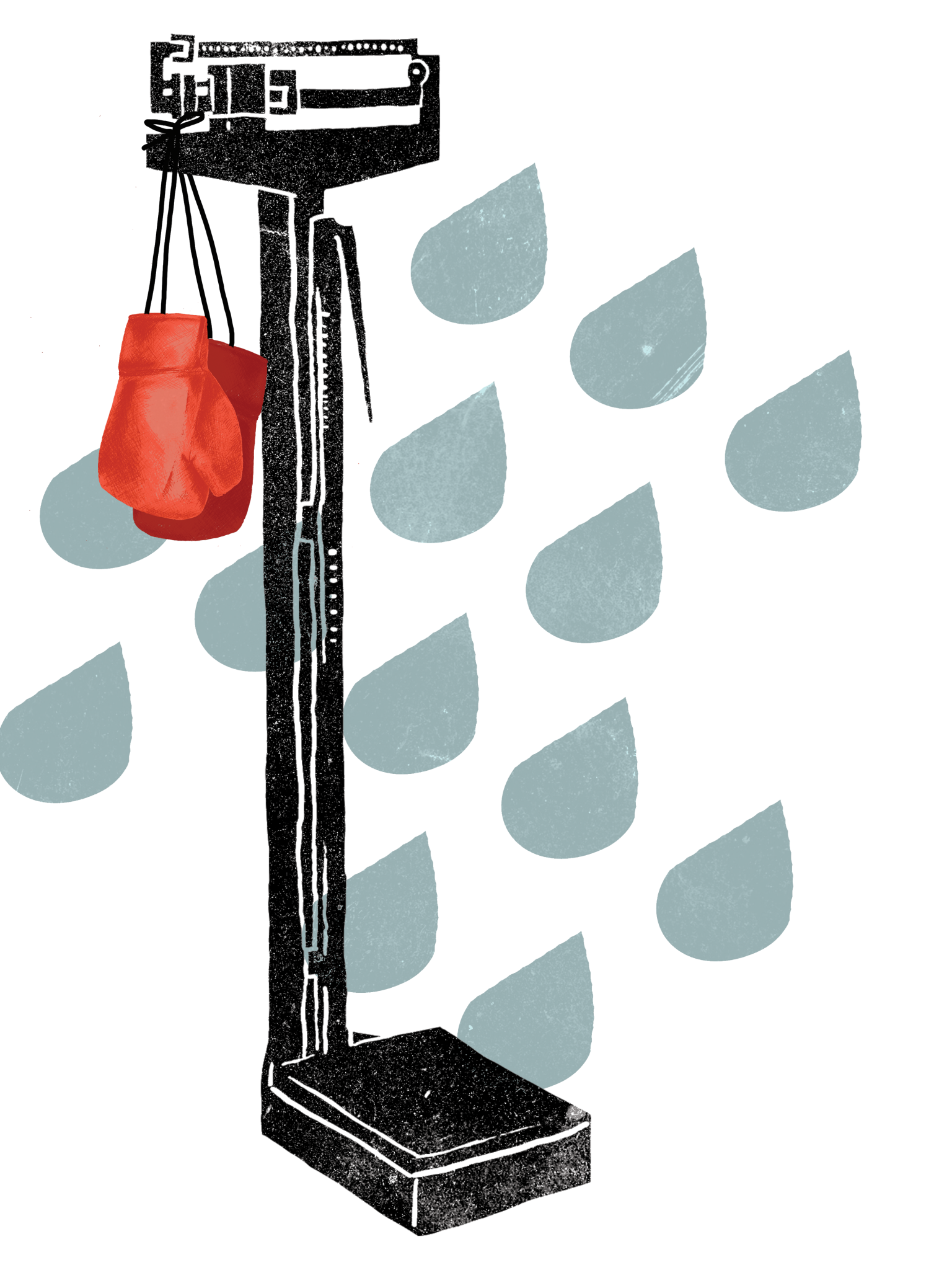
within the allowed amount for their category. There is a strong incentive for fighters to face opponents of smaller sizes, and they therefore attempt to officially weigh in as light as possible. Over the years, this procedure has been pushed to the extreme: it is now a common practice for athletes to severely dehydrate themselves before weighing in, losing as much as 15% of their body weight in water [1] . Some of the risks involved in weight cutting, such as the toll it takes on the kidneys, are well documented and have received widespread media attention. Daniel Cormier, captain of the US wrestling team at the 2008 Olympic Games, was forced to pull out of the competition when his kidneys shut down hours after he made weight [2] . Less well-known but more intriguing are the short- and long-term effects of severe dehydration on the human brain. Recent studies have linked dehydration to a wide range of detriments. Some of them, like increased risk of concussion and reduced pain tolerance, are especially relevant to combat sport practitioners. Other symptoms, such as the build-up of metabolites linked to neurodegenerative diseases and lower cognitive efficiency, apply to all subjects suffering from dehydration [3, 4] . In light of these dangers, it is imperative that combat sport organizations establish regulations to prevent fighters from undergoing such severe dehydration immediately prior to their fights.
The risk of traumatic head injury seems inevitable for those who engage in striking sports such as boxing, kickboxing, and mixed martial arts. A 2016 study of post-fight examinations in Edmonton, Canada between 2000 and 2013 concluded that 10% of all boxers and 8% of all mixed martial artists sustained a concussion during their fights [5] . Another study from the same year found that over 30% of Korean mixed martial artists who visited a doctor were diagnosed with a concussion [6] . Unfortunately, an increasing amount of evidence links intense dehydration to higher chances of concussion. Several studies have linked water loss in the brain to an increase in the volume of cerebrospinal fluid, or CSF [4, 7] . CSF is a fluid that encases the brain in the skull. It acts as a cushion for the brain during shocks by dampening its displacement in the cranial cavity, akin to a hydraulic brake. The authors of these studies suggest that higher CSF volumes would increase the distance traveled by the brain when one experiences blows to the head. Although it has not yet been proven, this
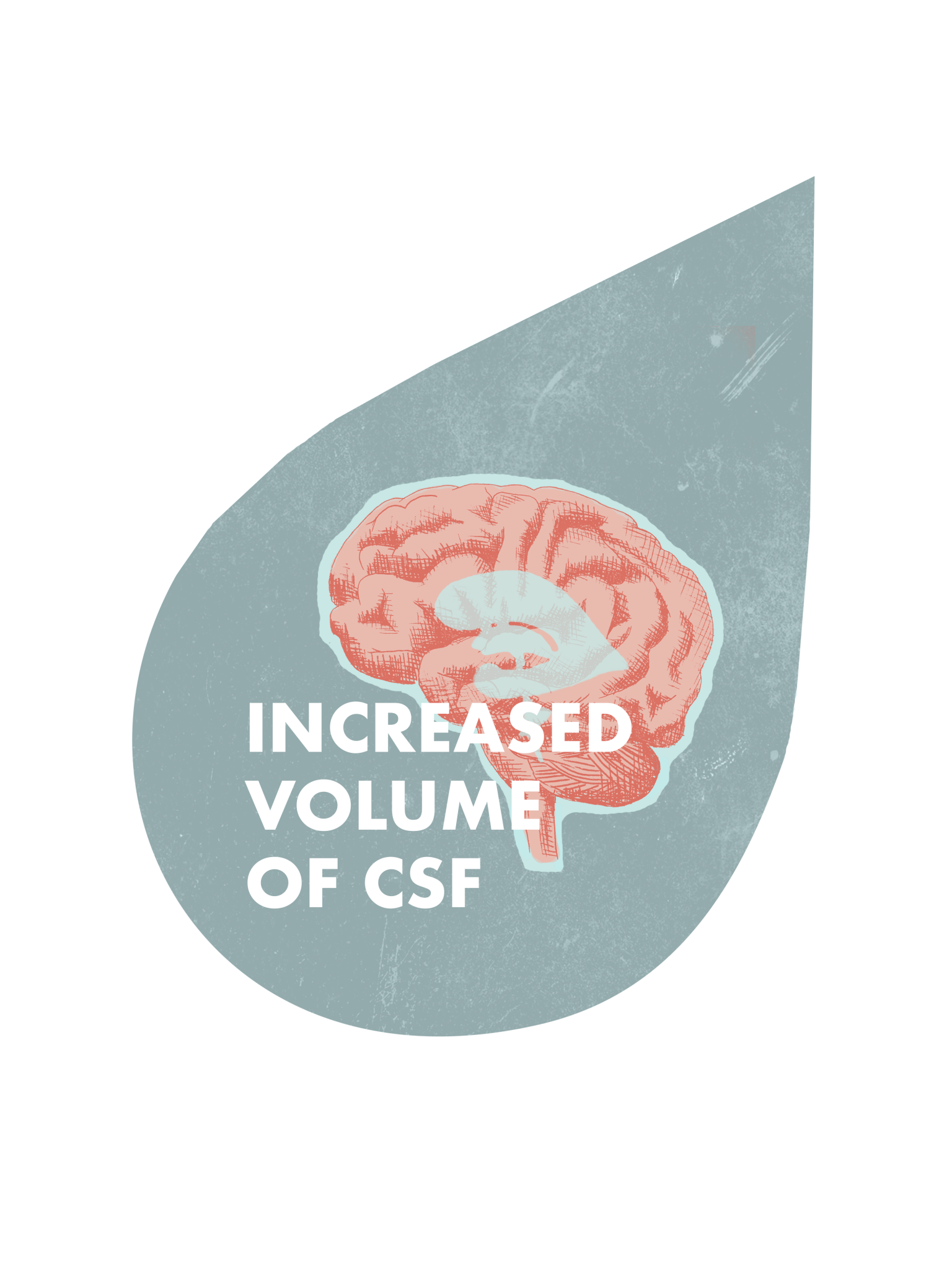
phenomenon would intensify the force exerted on the brain, therefore increasing the risk of concussion. CSF is also present in the ventricles, a network of cavities located inside of the brain. While mild dehydration leads to a decrease in ventricular volume, severe dehydration results in an increase in ventricular volume. As the ventricles swell, they apply increased pressure to the cells lining the outer layers of the brain. Damage to those cells can result in subdural hemorrhaging, or bleeding between the surface of the brain and its outermost protective layer, which appears more likely to occur when the ventricles are enlarged. These symptoms are extremely relevant to combat sport athletes and imply that the practice of weight cutting increases the already high risk of brain trauma [4, 7] .
The increased risk of concussion is not the only drawback to the current weight cutting methods. A 2014 study found that dehydration might be linked to a
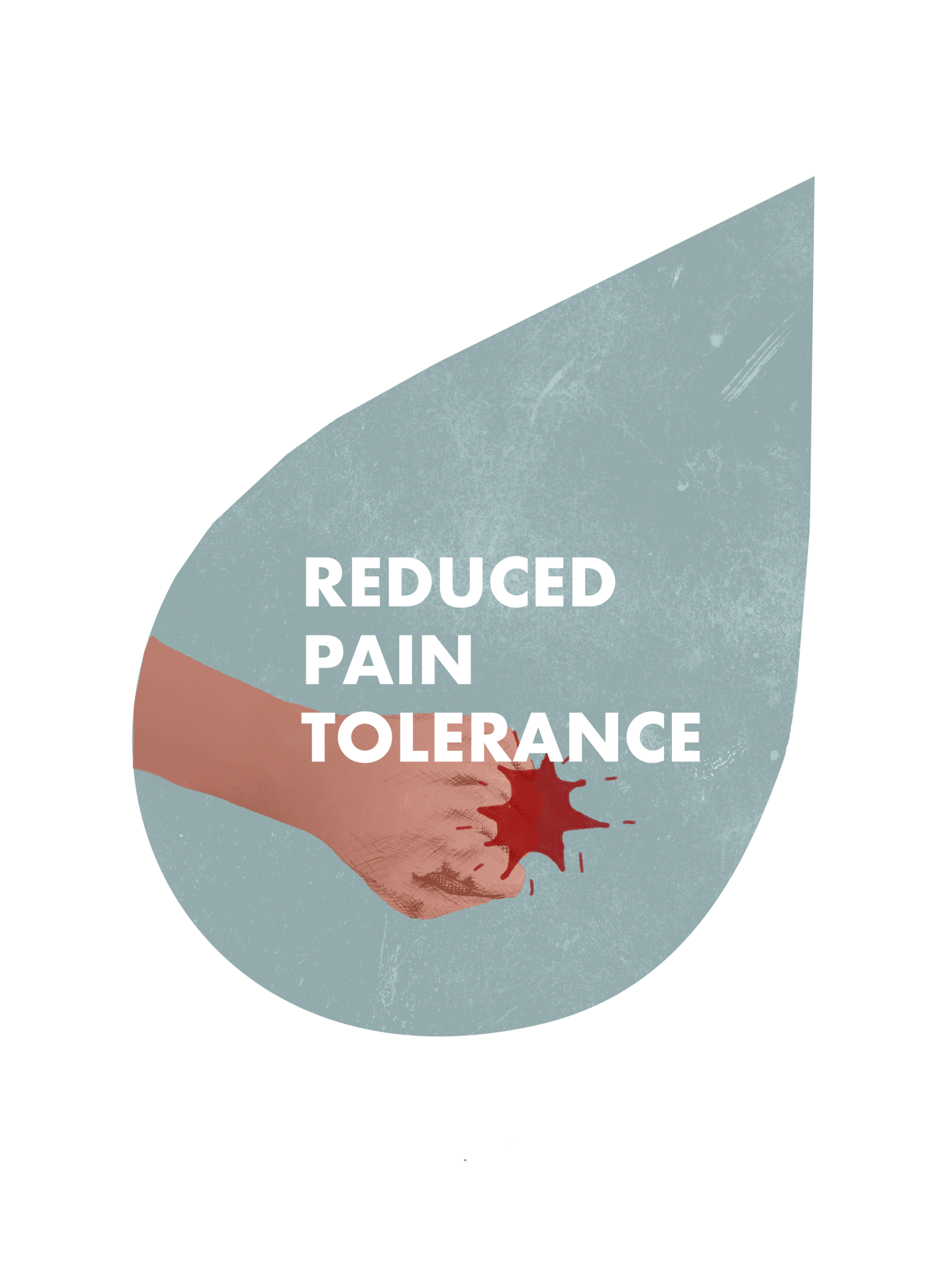
lower pain tolerance [8] . Specifically, dehydrated subjects showed stronger responses to painful stimuli in areas of the brain involved in pain processing, like the thalamus and middle frontal cortex, than their hydrated counterparts. A 2016 study also found that dehydrated subjects had lower pain tolerances [9] . This is perhaps because dehydration increases brain levels of cortisol, which is directly involved in pain sensitivity. Competition in combat sports is both physically and mentally draining. Many athletes attribute their victories not only to their technical skills but also to their “heart” and ability to push themselves despite opposition [11] . A reduced pain tolerance has the potential to hinder athletes’ defensive capacities and mental endurance and can be detrimental to their performance [8, 9] .
Dehydration has also been linked to health risks that are relevant not only to professional competitors in combat sports but to the general population as well. A 2016 study concluded that good water intake habits were essential to ridding the body of formaldehyde, a product of brain metabolic activity [3] . Several studies have linked formaldehyde buildup to neurodegenerative diseases such as Alzheimer’s [10] . Insufficient hydration may therefore increase one’s risk of suffering from a neurodegenerative disease. Additionally, dehydration has been linked to a decrease in brain metabolic efficiency. A 2011 study found that dehydrated adolescents exhibited an increase in frontoparietal blood-oxygen-level-dependent (BOLD) response while performing problem-solving tasks, although their performance did not increase [11] . The BOLD response serves as a measure of neuronal activity, and the study therefore concluded that dehydrated subjects required higher activity than their hydrated counterparts to perform at an equal level. This higher brain activity is more demanding and may not be sustainable in the long run. Indeed, a 2005 study found that dehydrated school children performed as well on cognitive tasks as hydrated children at the beginning of the day, but performed poorly later in the day [12] . This increased effort and the greater risk of neurodegenerative diseases are important to consider, not only for combat sport athletes, but also for the general population [3, 11] .
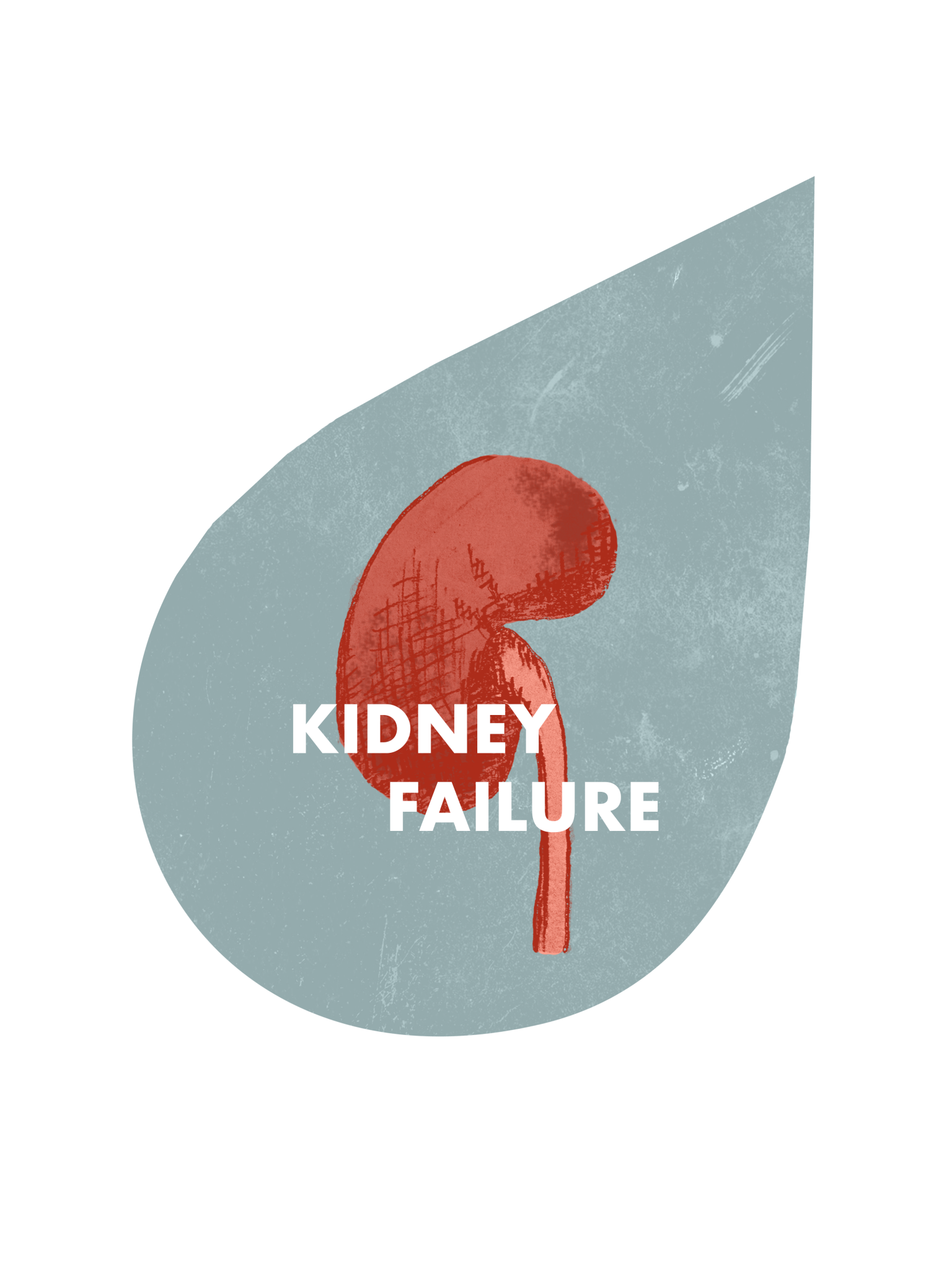
Although dehydration is primarily cautioned against for its links to high blood pressure and kidney failure, it has also been shown to have a variety of detrimental effects on the brain [13] . Some of these effects are particularly relevant to combat athletes, as those fighting dehydrated have increased chances of concussion and a lower pain tolerance. Other symptoms of chronic water deprivation, like decreased cognitive efficiency and build-up of particles linked to neurodegenerative diseases, affect all those suffering from dehydration, of which combat sport professionals make up an important part. These findings come as major arguments for ending the practice of weight cutting.
Some organizations, like the Singapore-based mixed martial arts promotion ONE FC, have already established regulations aimed at preventing their fighters from engaging in extreme water deprivation [14] . These regulations include random weight checks and daily check-ins in the week leading up to a fight to make sure a fighter is properly hydrated. Sadly, ONE FC only adopted these regulations after the death of one of their fighters, Yan Jian Bing, who passed away from cardiopulmonary failure following an extremely difficult weight cut. It is in the interest of fighters and promoters of all combat sports that strict anti-dehydration procedures be implemented before more fighters suffer from the short- and long-term consequences [14] .
- Marrocco, S. (2017, April 28). ‘Big’ John McCarthy says weight-cutting more dangerous than PEDs in MMA. MMAJunkie.com.
- Martin, D. (2014, February 18). Daniel Cormier remembers the weight cut that almost killed him. FoxSports.com
- Ting, L. et al. (2016). Brain Formaldehyde is Related to Water Intake Behavior. Aging and Disease, 7(5), 561-584.
- Kempton, M. J. et al. (2007). Effects of acute dehydration on brain morphology in healthy humans. Human Brain Mapping, 30(1), 291-298.
- Karpman S, Reid P, Phillips L, Qin Z, Gross DP. (2016). Combative Sports Injuries: An Edmonton Retrospective. Clinical Journal of Sport Medicine: official journal of the Canadian academy of sports medicine, 26(4), 332-334.
- MinJoon J. (2016). Analysis of types of injuries for mixed martial arts athletes. Journal of Physical Therapy Science, 28(5), 1544-1546.
- Dickson, J. M. et al. (2005). The effects of dehydration on brain volume—preliminary results. International Journal of Sports Medicine, 26(6), 481-485.
- Ogino Y, Kakeda T, Nakamura K, Saito S. (2014). Dehydration enhances pain-evoked activation in the human brain compared with rehydration. Anesthesia and Analgesia, 118(6), 1317-1325.
- Bear T, Philipp M, Hill S, and Mundel T. A preliminary study on how hypohydration affects pain perception. Psychophysiology, 53(5), 605-610.
- Duning, T. et al. (2005). Dehydration confounds the assessment of brain atrophy. Neurology, 64(3), 548-50.
- Kempton, M. J. et al. (2011). Dehydration affects brain structure and function in healthy adolescents. Human Brain Mapping, 32(1), 71-79.
- Bar-David Y, Urkin J, Kozminsky E ( 2005): The effect of voluntary dehydration on cognitive functions of elementary school children. Acta Paediatr 94: 1667–1673
- Roncal-Jimenez, Lanaspa MA, Jensen T, Sanchez-Lozada LG, Johnson RJ. Mechanisms by Which Dehydration May Lead to Chronic Kidney Disease. Annals of Nutrition and Metabolism, 66. 10-13.
- Tabuena, A. (2015, Dec. 23). Following death of fighter, ONE FC unveils new weigh-in program to curb dehydration. MMAFighting.com.
